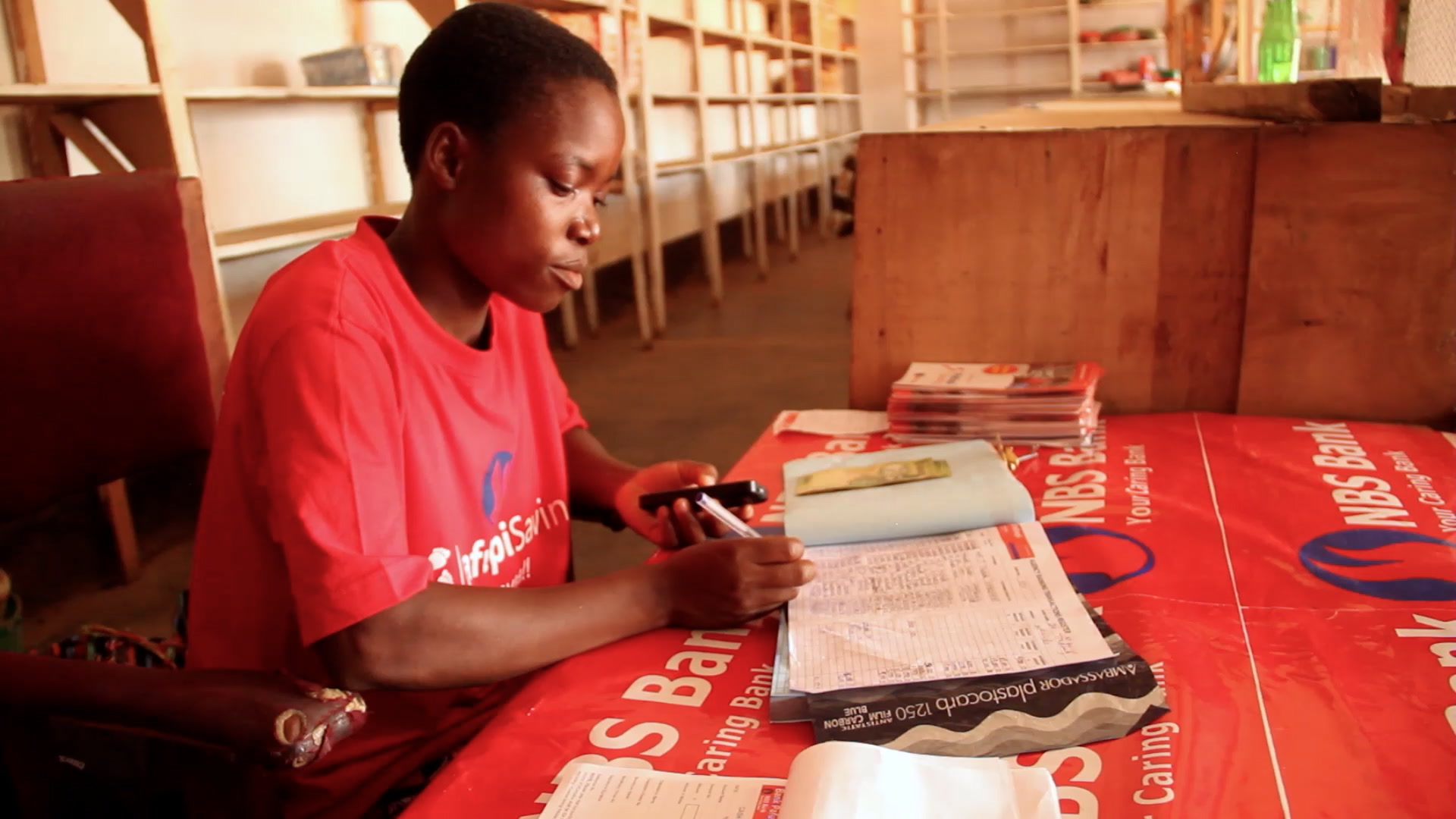Is the US taking too many financial risks again?


Get involved with our crowdsourced digital platform to deliver impact at scale
Stay up to date:
Banking and Capital Markets
Six years after the start of the global financial crisis, low interest rates and other central bank policies in the United States remain critical to encourage economic risk-taking—increased consumption by households, and greater willingness to invest and hire by businesses.
However, this prolonged monetary ease also may have encouraged excessive financial risk-taking. Our analysis in the latest Global Financial Stability Report suggests that although economic benefits are becoming more evident, US officials should remain alert to excessive financial risk-taking, particularly in lower-rated corporate debt markets.
Bullish financial risk-taking bears monitoring
Persistently low global interest rates have prompted investors to search for higher returns in a wide range of markets, such as stocks and investment-grade and high-yield bonds. This has resulted in escalating asset prices, and enabled issuers to sell assets with a reduced degree of protection for investors (we give you an example below). The combined trends of more expensive assets and a weakening quality of issuance could pose risks to stability.
To track the changes in financial risk taking since the crisis, particularly in the lower-rated corporate debt market, we developed a heat map that looks at signs of financial risk taking from three angles: valuation, issuance trends, and redemption risks.
The heat map shows that financial risk taking in corporate debt markets is rising and markets have begun to overvalue many assets. Spreads in the high-yield and leveraged loan markets are not far from levels seen before the financial crisis. The quality of new loans issued is also declining, especially in the leveraged loan market where the amount of leverage in new deals is rising. The number of “covenant-lite” deals which give lenders less control over issuers has increased. For example, many new deals allow borrowers to issue more debt in the future without obtaining prior permission from lenders.
Meanwhile, the risk that many investors could sell their holdings all at once is now even higher than before the crisis. Mutual funds, exchange traded funds and households hold about 30 percent of corporate bonds as of the end of June 2014.The worry is that such “retail” investors could start selling suddenly if the value of their assets deteriorates unexpectedly.
For example, high-yield corporate and emerging market bond markets saw large retail outflows in May and June 2013, when investors panicked during the “taper tantrum” episode. That event was relatively short-lived and did not involve institutional investors.
A more severe episode of flight from risk by retail investors could lead to even greater financial volatility with wider systemic repercussions than were suffered during the 2013 event.
What to do
Officials have acknowledged some of these risks, most recently in US Fed Chair Yellen’s testimony to Congress in July in which she noted some potential financial stability effects of sustained unconventional monetary policy. While US officials have already taken some measures to restrain excessive risk-taking, for example in the leveraged loan market, we believe more could be done.
Macroprudential policies designed to keep the overall financial system safe could be deployed as the first line of defense against rising financial stability risks. The IMF’s assessment of the US financial system is looking closely at these and other policies to keep the system safe.
The United States is getting closer to ending six years of policies designed to stave off the worst effects of the crisis. The US banking system is now much more resilient, and economic risk taking by households and corporations is taking hold. For the sake of a smooth exit and a durable recovery, not only in the United States but gobally, it is critical that officials continue to respond to rising financial stability risks.
Published in collaboration with the IMF Blog (iMF direct)
Authors: Serkan Arslanalp is Senior Economist in the Global Markets Analysis Division of the IMF’s Monetary and Capital Markets Department. David Jones is a Senior Financial Sector Expert in the Monetary and Capital Markets Group of IMF and the New York Representative. Sanjay Hazarika is a Senior Financial Sector Specialist in the IMF’s Monetary and Capital Markets Department.
Image: The United States flag hangs outside the New York Stock Exchange August 19, 2011. REUTERS/Lucas Jackson
Don't miss any update on this topic
Create a free account and access your personalized content collection with our latest publications and analyses.
License and Republishing
World Economic Forum articles may be republished in accordance with the Creative Commons Attribution-NonCommercial-NoDerivatives 4.0 International Public License, and in accordance with our Terms of Use.
The views expressed in this article are those of the author alone and not the World Economic Forum.
Related topics:
The Agenda Weekly
A weekly update of the most important issues driving the global agenda
You can unsubscribe at any time using the link in our emails. For more details, review our privacy policy.
More on Banking and Capital MarketsSee all
Efrem Garlando
April 16, 2024
John Hope Bryant
April 11, 2024
Alexandre Raffoul and Kai Keller
April 10, 2024
Alex Edmans
April 4, 2024
Victoria Masterson
March 28, 2024







